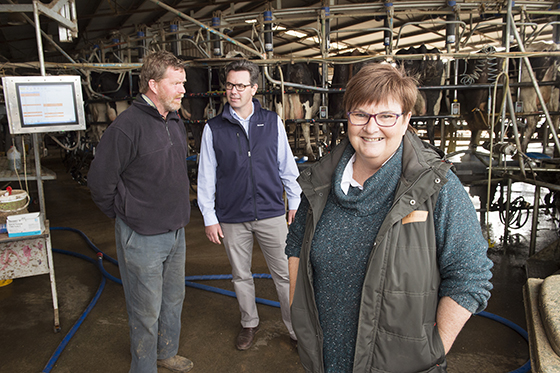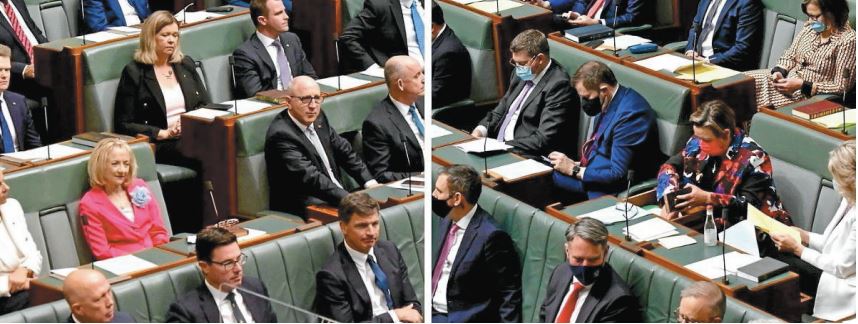By RICK GLADIGAU, PRESIDENT, AUSTRALIAN DAIRY FARMERS
Today, 1 June, is World Milk Day – a day when we celebrate a nutritious food that makes for a healthier world.
For Australian dairy farmers, today is also D-day. It’s the day when dairy farmers find out what price processors will offer for their milk at the farmgate for the coming supply season.
The Mandatory Dairy Code of Conduct requires processors to publish these prices and, in doing so, the code has brought more transparency to milk pricing and certainty for farmers.
Yet, amid this celebration and certainty there is caution because Australia’s competition watchdog is considering Coles’ proposed acquisition of two milk processing facilities from Saputo.
This is a deal Australian Dairy Farmers (ADF) has voiced its concerns about – both publicly and in a submission to the Australian Competition and Consumer Commission (ACCC).
Specifically, we are concerned about issues around price transparency, competition, market power and control.
Already, Coles has the theoretical ability to set the retail price of its competitor brands in all its supermarkets. This deal would make Coles a processor, affording total control of every fresh milk price within the Coles sphere of influence.
The supermarket giant wants to purchase Saputo’s Laverton, Victoria, and Erskine Park, NSW, facilities. The bulk of the processing done at these two facilities is to supply Coles’ home brand milk products.
ADF does not want to see a deal that disadvantages farmers. Dairy farmers need strong competition for their milk.
ADF is concerned that the proposed acquisition would provide Coles with a stronger incentive to restrict or discriminate against the branded milk it offers, to the advantage of its private label milk.
An incentive already exists for Coles to act in this way, however the proposed acquisition, bringing with it increased vertical integration, maximises the potential financial gains for the retailer.
If the sale proceeds, we want Coles to guarantee that all existing Saputo farmers supplying milk to the processing plants will be offered milk supply agreements with either Coles or another party over the long-term. We do not want to see contracts restricted to Coles’ suppliers only
A chequered past of milk discounting
ADF is conscious of Coles’ prior conduct, in particular the introduction of the $1 per litre milk pricing model which hamstrung dairy farmers for eight years.
We note there was further criticism of Coles’ behaviour when it finally increased prices and promised to pass on the 10 cent per litre “drought levy” to farmers. Coles committed to pay around $5.25 million to processor Norco to resolve the concerns after the ACCC became involved.
However, it must be noted that poor behaviour is not exclusive to any one party in the supply chain.
The supermarket duopoly already has enough market power to lower prices for milk products across the board and dedicate extra shelf space for private label products.
A vote of confidence in dairy’s future
For now, we must remain upbeat as we await July 20 – the provisional date the ACCC has set to announce its findings.
To remain positive, in the spirit of World Milk Day, the deal can also be viewed as a vote of confidence in the future of dairy.
ADF has confidence in the ACCC’s review process and does not want to stand in the way of Saputo, one of the country’s largest dairy processors. We hope, irrespective of the outcome of the review, that both Saputo and Coles will continue to act in the best interests of those ADF works for – the dairy farmers of Australia.
We hold this hope in good faith, bearing in mind that retailers, processors and farmers all need each other.
On World Milk Day, we encourage all industry stakeholders not to overlook the value of the nutritious food produced by dairy farmers in Australia.
This year, the Australian dairy industry has a local theme for World Milk Day – “make your mornings with milk”. The campaign encourages everyone in the dairy supply chain to take to social media with a photo or video showing how you “make your mornings with milk”. Don’t forget to tag #WorldMilkDay and #EnjoyDairy … just as we do at ADF!



